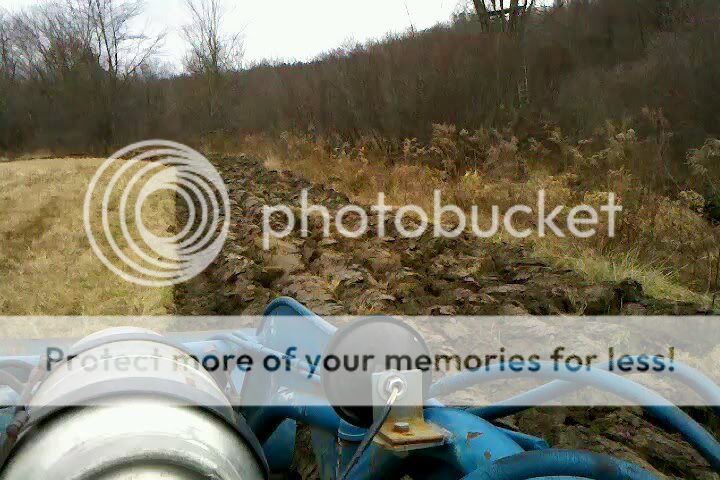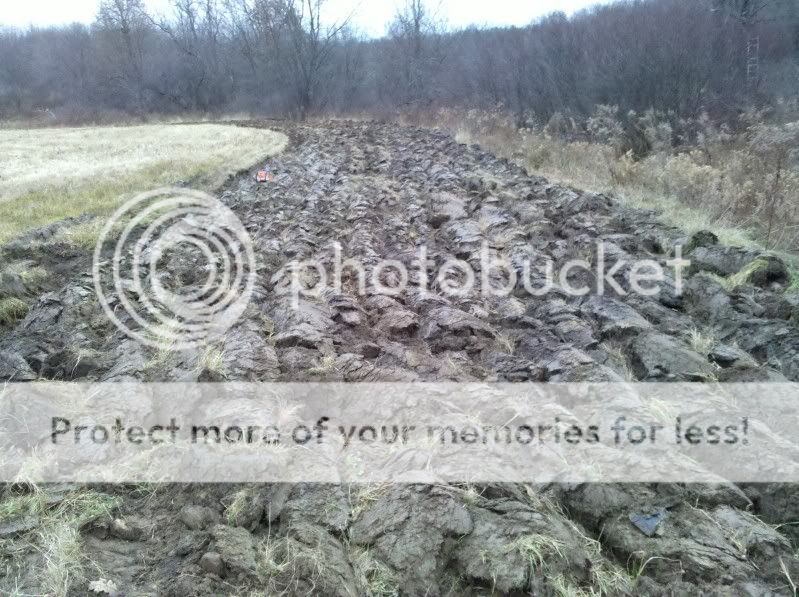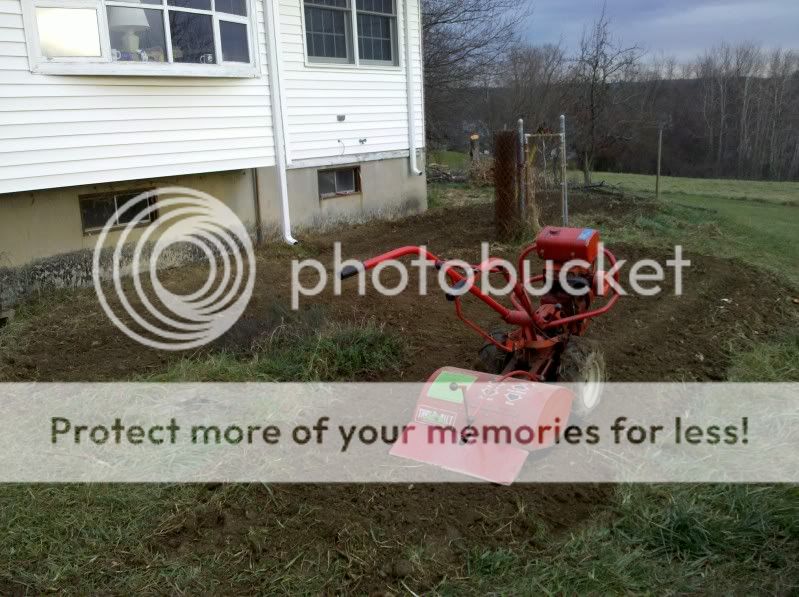Around here, some farmers do fall tillage, others don't, most try and empty their lagoons and get manure spread right after harvest, and I would assume that once manure is spread, its desirable to get it worked into the soils, especially if like what the big poultry farm used to put on the fields, because its hot, by spring its cooled off on the N.
Say for a sod, grass, hay or fallow field and barring any concern for wind or water erosion, is FALL moldboard plowing detrimental or beneficial, for getting whats on top underneath, killing weeds, grasses and associated undesirable weed seed ?
Also, if moldboard plowed, is it better to leave as is or disc, drag, rototill etc. I do not believe we get much hard pan, except high traffic areas due to compaction, and I realize soils change by area, here its glacial till, a little gravel, loam and clay, it does percolate well.
Was pondering this after doing some moldboard plowing.
Leave like this:


Or this: similar soils, probably finer now and I add organic matter, fine sawdust and fines from fire wood/ant wood, decaying logs, hay etc.

Say for a sod, grass, hay or fallow field and barring any concern for wind or water erosion, is FALL moldboard plowing detrimental or beneficial, for getting whats on top underneath, killing weeds, grasses and associated undesirable weed seed ?
Also, if moldboard plowed, is it better to leave as is or disc, drag, rototill etc. I do not believe we get much hard pan, except high traffic areas due to compaction, and I realize soils change by area, here its glacial till, a little gravel, loam and clay, it does percolate well.
Was pondering this after doing some moldboard plowing.
Leave like this:


Or this: similar soils, probably finer now and I add organic matter, fine sawdust and fines from fire wood/ant wood, decaying logs, hay etc.


